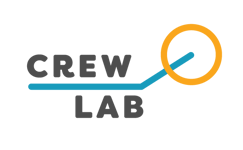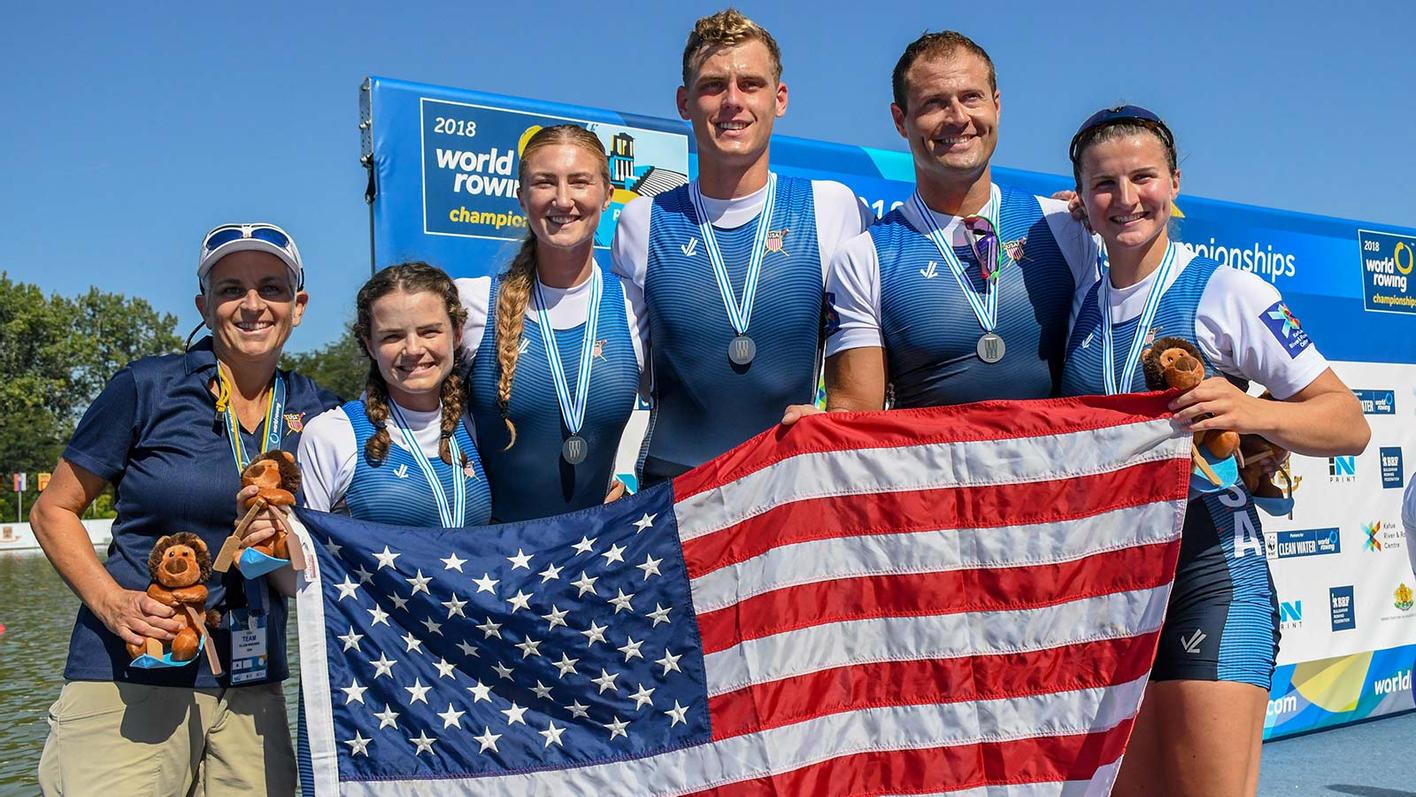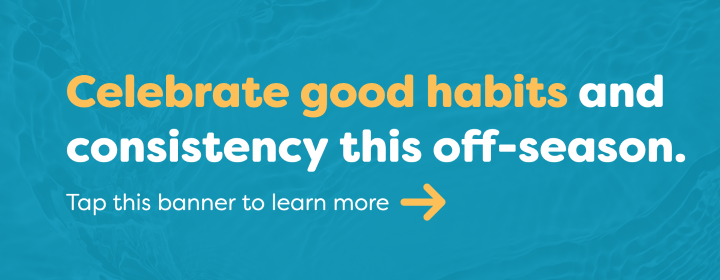Over the last two years, the success of recruiting Paralympic rowers from NCAA varsity programs has been a game-changer, revolutionizing the landscape of US Para rowing and opening new doors of opportunity.
College coaches are beginning to recognize that embracing the Paralympic Pathway helps their athletes gain a competitive edge, with valuable experience at the international level, and can even bring notoriety to their program.
How does an NCAA rowing program field athletes with disabilities? Right now, it mainly happens by chance. Rowers who are eligible for Para rowing in the PR3 class find rowing as a sport in high school or college in the same way as any other athlete. Typical disabilities for these athletes include club foot, Erb’s palsy, or visual impairments. It works to be in a traditional program since these impairments do not require any significant accommodation in terms of equipment or training. In many cases, neither the athlete nor the coach are fully aware that the athlete has any eligibility for Para rowing.
That is where outreach and education are key. USRowing’s Paralympic Pathway has been instrumental in fostering communication, awareness, and information for aspiring Paralympic rowers. With a focus on nurturing talent and promoting healthy sport for all, the ultimate goal is to build a thriving, competitive team for the World Rowing Championships and the Paralympic Games.
Thanks to the support of a USOPC grant for Para athlete talent identification and development, outreach efforts have yielded remarkable results.
USRowing has doubled the number of athletes at PR3 selection this year, and 9 of the 11 candidates are U23 athletes from collegiate varsity programs. These athletes were identified by their college coaches, and referred to the USRowing Para High Performance staff for next steps.
The Paralympic Pathway is also making headway at the U17/U19 level. Six new U19 athletes identified via Talent ID Days and Para athlete meet-ups at regional and national regattas, are competing in regional and national regattas this season, with an eye for tryouts for future Para National Team. This increased participation demonstrates the growing interest and commitment to Para rowing among young athletes, and is not limited to PR3. Youth programs are finding ways to get team members who use a fixed seat (the PR1 or PR2 boat classes) onto the water and competing in Para 1xs and Inclusion 2xs for their program.
USRowing's Paralympic Pathway is leaving no stone unturned when it comes to providing opportunities for athletes. Talent identification days, development camps, outreach activities, educational webinars, and events like the San Diego Crew Classic and Youth Nationals meet up are all part of the comprehensive approach to engage and support emerging athletes.
And while there may be more opportunities for college rowing for the PR3 athlete than there are for the aspiring PR1 or PR2 rower, the field of varsity Para sports is expanding rapidly, with programs like University of Michigan, and San Diego State supporting both team and individual athletes who are training for Paralympic sport.
Recruiting Paralympic rowers from NCAA varsity programs, and college athletic departments supporting individual Para athletes is transforming the landscape of rowing. The dedication, skill, and resilience of these athletes is reshaping the perception of what is possible in our sport.
If you would like more information on USRowing’s Paralympic Pathway, please contact Ellen Minzner, USRowing Director of Para High Performance, at ellen.minzner@usrowing.org.


